What is an Expansion Joint?
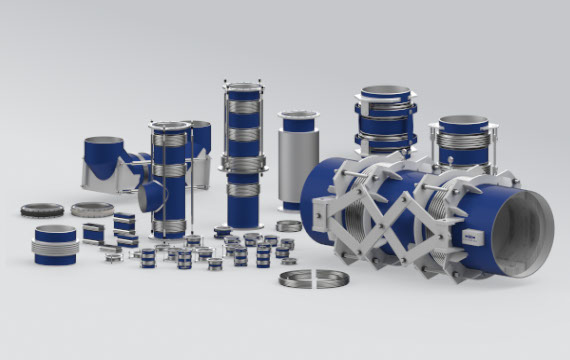
What is an Expansion Joint?
Steel expansion joints are used as components in pipes or as parts of pressure vessels. An expansion joint is any device that contains one or more metal presses used to absorb changes such as those caused by thermal expansion or cutting of a pipe, hole, or vessel and the vibration caused by engines, motor, pumps, etc.
In other words, a metal expansion joint is a tool made primarily of flexible elements that are used to absorb movement in the piping system while containing the pressure and the medium in which it operates. A key factor in the integration of expansion is the constraints. Metals are flexible materials that contain one or more convolutions and the end tangent ends.
Corrugation (convolution) is a flexible unit of the bellows and end tangents are straight un-corrugated portions at the ends of a bellows. The flexibility of the bellows is based on the natural variability of the convolutions given to its structure and composition.
In the design and construction of the bellows, in addition to considering whether they should be flexible and such flexibility should be controlled, other performance parameters such as pressure, temperature and chemical resistance of the liquid passing through them should be considered.
Movements
There are three basic movements that can be absorbed by an expansion joint:
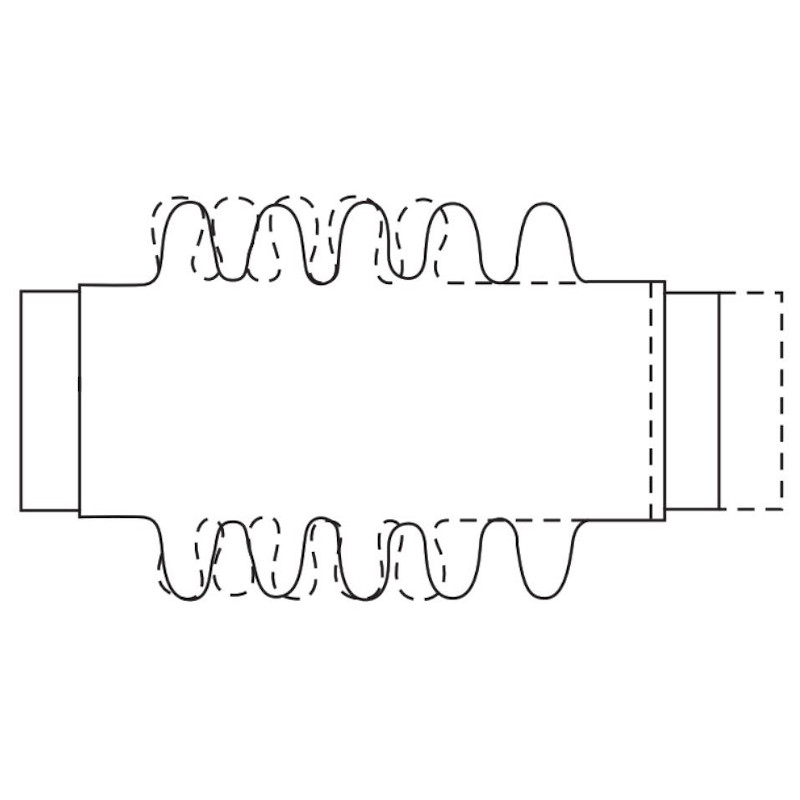
Axial Movement
It is the change in dimensional length of the bellows from its free length in a direction parallel to its longitudinal axis. Can be either extension or compression.
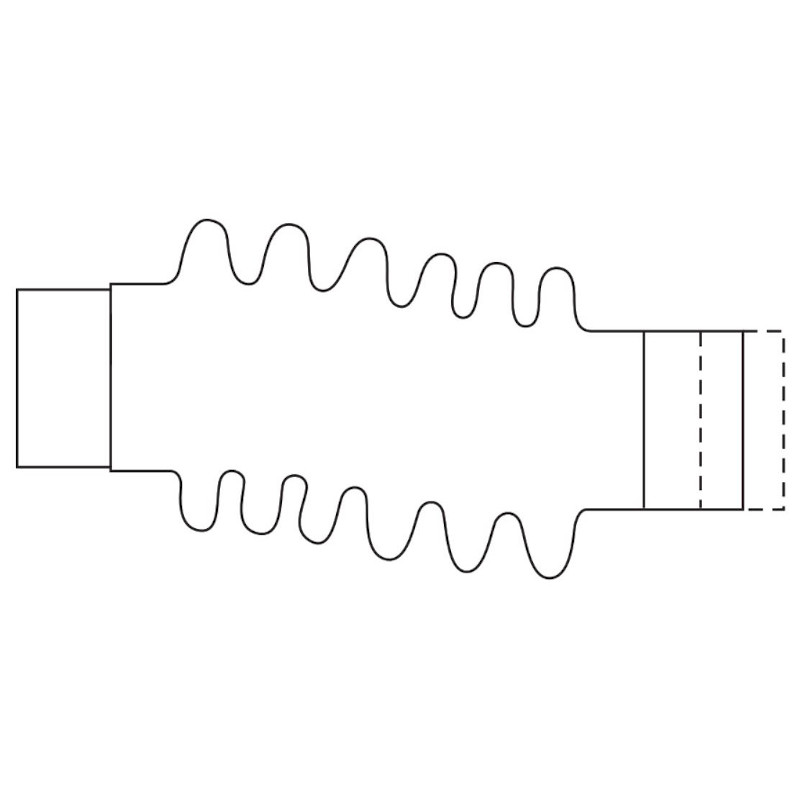
Lateral Movement
It is the relative displacement of one end of the bellows to the other end in a direction perpendicular to its longitudinal axis.
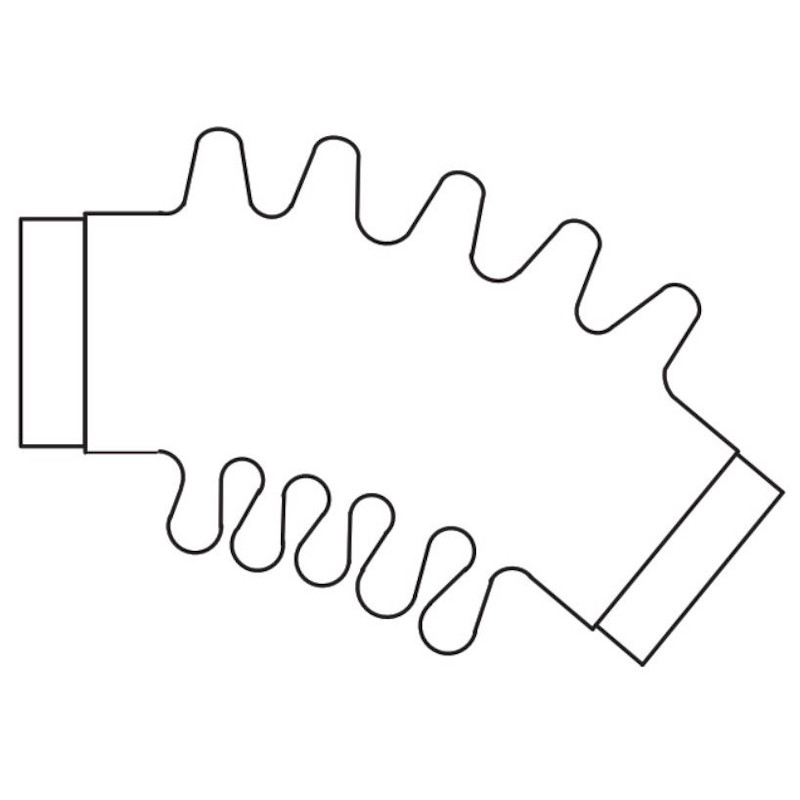
Angular Movement
It is the rotational displacement of the longitudinal axis of the bellows toward a point of rotation or bending of the expansion joint along its centerline.
Main Parts & Accessories
The basic unit of every expansion joint is the bellows. By adding additional components and accessories, the complexity and capability of the expansion joints is increased making them suitable for a wide range of applications and services.
These are some of the main and basic Expansion Joints accessories and components.
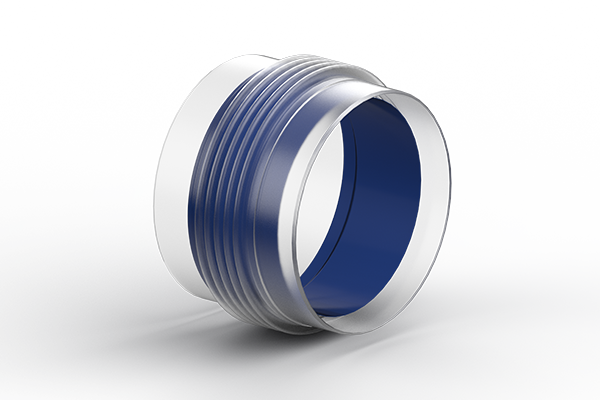
A device which minimizes contact between the inner surface of the bellows of an expansion joint and the fluid flowing through it. These devices have also been referred to as liners or baffles.
Internal sleeves shall be specified for all Expansion Joints in the following cases:
- When flow velocities are high and could induce resonant vibration of the bellows.
- When it is necessary to hold friction losses to a minimum and smooth flow is desired.
- When there is a possibility of erosion, as in lines carrying catalyst or other abrasive media, heavy gauge sleeves must be used. At no time should the relatively thin bellows be directly exposed to erosion.
- When there is reverse flow, heavy gauge sleeves may be required, or the use of telescopic sleeves may be appropriate.
- For high temperature applications to decrease the temperature of the bellows and enable the bellows metal to retain its higher physical properties. The annular area between the bellows and liner may be packed with ceramic fiber insulation, or a gas purge may be installed to further reduce the bellows effective temperature.
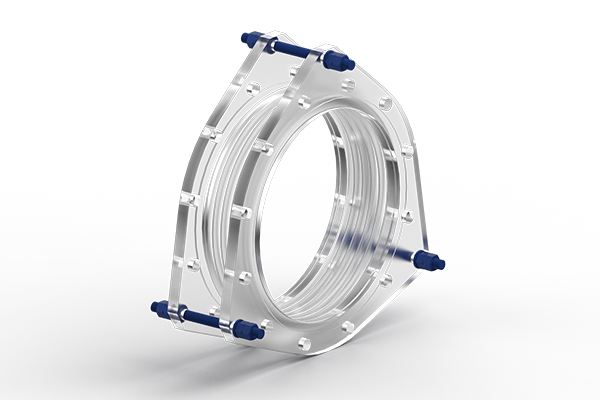
Devices, usually in the form of rods or bars, attached to the expansion joint assembly whose primary function is to continuously restrain the full bellows pressure thrust during normal operation while permitting only lateral deflection. Angular rotation can be accommodated only if two tie rods are used and located 90° opposed to the direction of rotation.
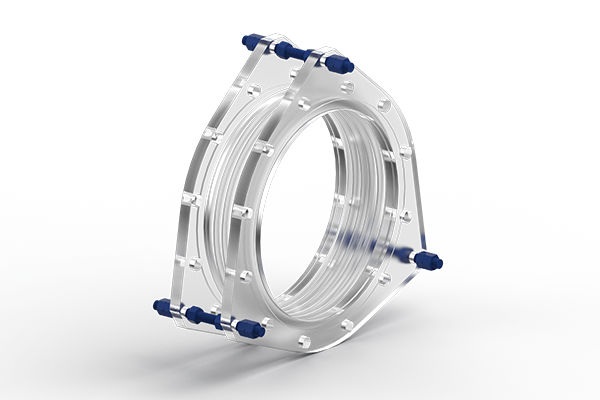
Devices, usually in the form of rods or bars, are attached to the expansion joint assembly whose primary function is to restrict the bellows movement range (axial, lateral and angular) during normal operation. In the event of a main anchor failure, they are designed to prevent bellows over-extension or over-compression while restraining the full pressure loading and dynamic forces generated by the anchor failure.
Devices fit snugly in the roots of the corrugations in order to reinforce the bellows against internal pressure, and/or to distribute axial movement equally to all convolutions while limiting the amount of compression movement per convolution.
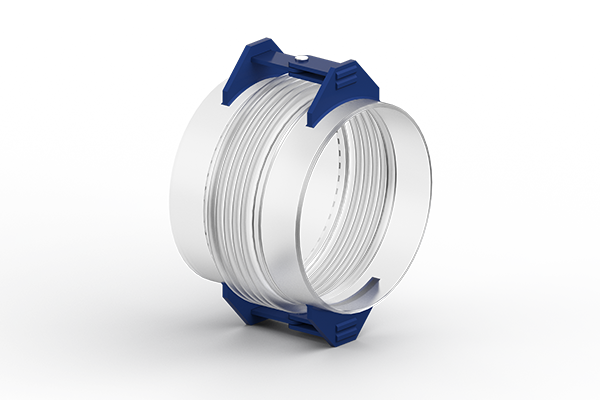
Hinged Expansion Joints incorporate a system of articulated supports (a pair of pins through hinge plates attached to the pipe expansion joint ends) which allow for angular movement in one plane only. The hinges and hinge pins must be designed to restrain the thrust of the Expansion Joint due to pressure and extraneous forces, where applicable.
These units do not allow axial movement however, some types of hinge systems can be provided with holes for the hinge pin that are slotted to allow limited axial displacement. These "slotted hinge" types cannot resist the pressure thrust forces and therefore proper anchorage must be provided.
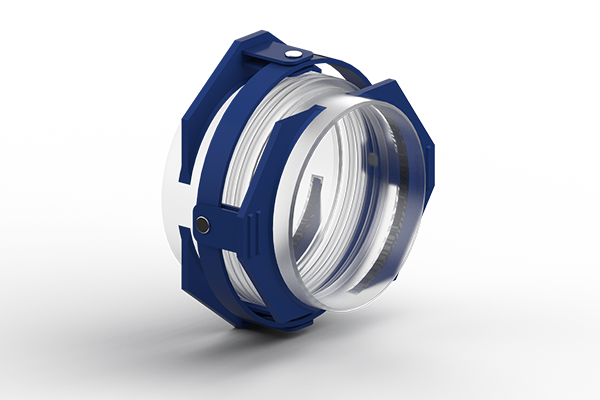
The gimbal system consists of two pairs of hinges affixed to a common floating gimbal ring.
A gimbal ring is either round or square. For round gimbals the torsional moment shall be considered and for square gimbals the instability due to the bending shall be considered.
Gimbal Expansion Joints are designed to allow angular movement in any plane and the gimbal ring, hinged and pins are designed to restrain the pressure thrust due to internal pressure and shear forces.








